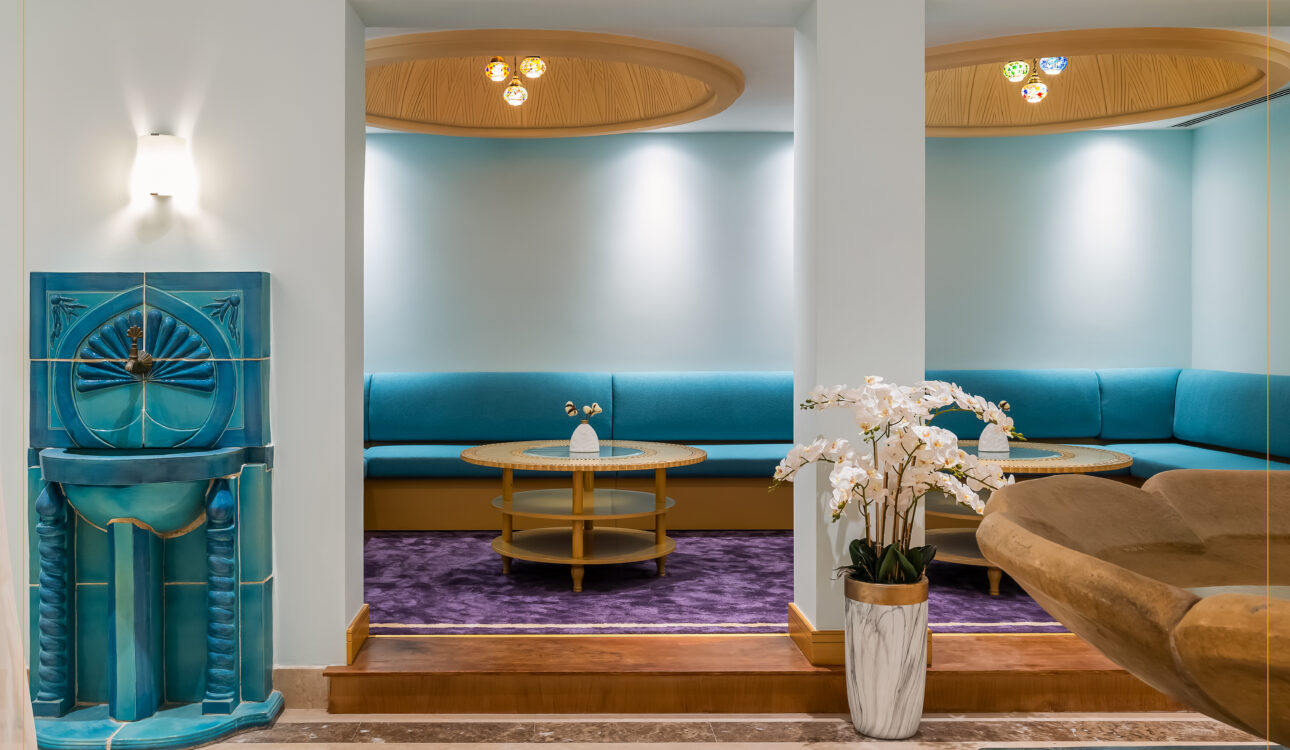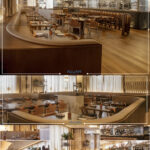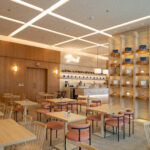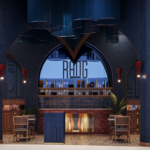Introduction:
Welcome to the bright world of energy-efficient lighting upgrades for interior fitouts! In this article, we’ll delve into 5 Energy-Efficient Lighting Solutions that not only brighten your spaces but also contribute to a greener and more sustainable future. From cutting-edge technologies to eco-friendly designs, let’s explore how these upgrades can transform your surroundings while minimizing your environmental footprint.
LED Innovations
LED lights have revolutionized interior lighting. Dive into the world of LED innovations, exploring their energy efficiency, longevity, and the diverse range of styles they offer. Illuminate your spaces while reducing your carbon footprint.
Smart Lighting Systems: The Intelligent Choice
Explore the realm of smart lighting systems that adapt to your preferences and contribute to energy savings. Learn how automation and smart controls can optimize lighting conditions, enhancing both comfort and efficiency in your interior fitouts.
Sustainable Design: Lighting that Cares for the Environment
Discover how sustainable design principles can be integrated into lighting solutions. From eco-friendly materials to energy-efficient fixtures, find out how a conscientious approach to design can transform your interior spaces into sustainable havens.
Natural Light Integration: Harnessing the Power of Sunlight
Explore the benefits of incorporating natural light into your interior fitouts. From skylights to strategically placed windows, learn how harnessing sunlight can reduce energy consumption while creating a vibrant and refreshing ambiance.
Energy-Efficient Bulbs: Illuminating Responsibly
Delve into the world of energy-efficient bulbs beyond LED. Explore CFLs, halogen incandescents, and other alternatives, understanding their unique features and benefits. Make informed choices for a well-lit and energy-conscious environment.
FAQs: Shedding Light on Common Queries
Q: Are LED lights expensive to install?
A: LED lights may have a higher initial cost, but their long lifespan and energy efficiency make them cost-effective in the long run. The upfront investment pays off through energy savings and reduced maintenance.
Q: Can smart lighting systems be controlled remotely?
A: Yes, most smart lighting systems can be controlled remotely through dedicated apps. This allows you to adjust settings, schedule lighting, and monitor energy consumption from anywhere.
Q: How does sustainable lighting contribute to environmental conservation?
A: Sustainable lighting minimizes resource consumption, promotes energy efficiency, and reduces waste. By choosing eco-friendly materials and energy-efficient designs, you contribute to a greener environment.
Q: What are the advantages of integrating natural light into interiors?
A: Natural light not only reduces the need for artificial lighting but also has psychological and health benefits. It enhances mood, promotes well-being, and creates a visually appealing atmosphere.
Q: Are energy-efficient bulbs compatible with existing fixtures?
A: Most energy-efficient bulbs are designed to be compatible with standard fixtures. However, it’s essential to check compatibility before making the switch to ensure optimal performance.
Q: How can I make my interior lighting more sustainable without a complete overhaul?
A: Start by replacing traditional bulbs with energy-efficient options. Additionally, consider installing dimmer switches and utilizing natural light whenever possible. These simple steps can significantly enhance sustainability.
Conclusion:
As we navigate the dynamic landscape of interior design, it becomes evident that the choices we make today echo beyond mere aesthetics, resonating with the imperative need for sustainability. As we navigate the dynamic landscape of interior design, it becomes evident that the choices we make today echo beyond mere aesthetics, resonating with the imperative need for sustainability. In the pursuit of a brighter and more energy-efficient future, these 5 Energy-Efficient Lighting Solutions serve as beacons of innovation and responsibility. The adoption of LED innovations, the implementation of smart lighting systems, and the incorporation of sustainable design principles are not just design trends but pivotal steps toward a more sustainable lifestyle.






